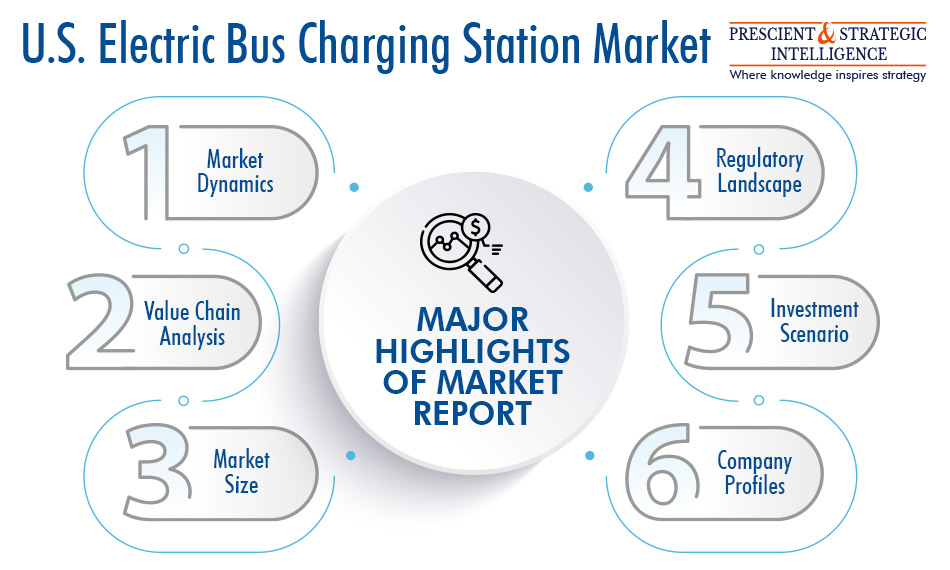As per the Senate Infrastructure Bill, an investment of $1.1 trillion is planned to provide financial aid to cities and states to improve the overall quality of life. Of this, $550 billion has been sanctioned for broadband, transportation, and utilities. Moreover, U.S. President Joe Biden announced an investment of $15 billion in July 2021 for enhancing the EV transportation infrastructure and procuring electric buses.
Around $7.5 billion of this $15-billion investment is planned for the electric vehicle charging infrastructure. Moreover, a grant of $7 million has already been provided to Chicago and $4 million to Minneapolis-St. Paul to add electric vehicles to their public fleets. In addition, an additional $73 billion has been allocated to upgrade the electricity grid to accommodate renewable energy.
Both private and government sectors will be facilitated through these grant and incentive programs and accelerate the deployment of a mix of fast and slow chargers in public parks, apartment buildings, and throughout communities. Anyway, the majority of the decisions for purchasing EVs are made by the government.
In Los Angeles and Seattle, for instance, transit operators have committed to the 100% conversion of conventional diesel bus fleets into electric, which would mean a demand for 3,600 electric buses combined.
The increase in the number of the electric buses will lead to the rise in the demand for charging stations. Moreover, with technological advancements in the charging technology, the demand for wireless charging systems has been rising. This technology allows OEMs to limit the weight of buses and size of batteries, thus offering higher speeds and longer ranges. Wireless chargers allow for the transmission of power through electromagnetic induction.
On-Route vs Depot-Charging Buses
The rising demand for depot-charging buses over on-route-charging buses leads to the increasing opportunities for charging station providers. There are two types of electric buses available in the U.S.: those equipped with a smaller battery, which are used on shorter routes, as they require frequent charging; and those with a larger battery, which have an extended range and are designed to charge overnight.
Depot charging buses normally use AC slow chargers, which take up to 8 hours for fully replenishing a battery. On the other hand, buses that charge on the route require DC fast chargers, which offer a much higher power output. Wireless inductive chargers provide another way for electric buses to charge while on the way, as they take or drop off passengers, taking energy from copper coils underneath the asphalt via EMI.
What Kind of Chargers Are Preferred by E-Bus Operators in U.S.?
Among pantograph, inductive, and plug-in chargers, plug-in variants continue to be preferred for on-route and depot charging of electric buses in the country. This is because this is the oldest charging technology; therefore, most fleet owners are comfortable with it. Moreover, pantograph and inductive charging are relatively newer technologies for electric buses, and their full potential has not been displayed yet in trials.
Therefore, the proposed Senate Infrastructure Bill will not only boost the adoption of electric buses across U.S. states but also enable local administrations to install charging stations.
Pressekontakt:
The future of electric bus highways in the U.S. holds promise for sustainable transportation. As technology advances, electric buses are becoming more efficient and cost-effective, making them a viable option for cities looking to reduce emissions and improve air quality. With the support of government initiatives and growing public awareness of environmental issues, electric bus highways are poised to play a significant role in the future of transportation infrastructure in the United States.

